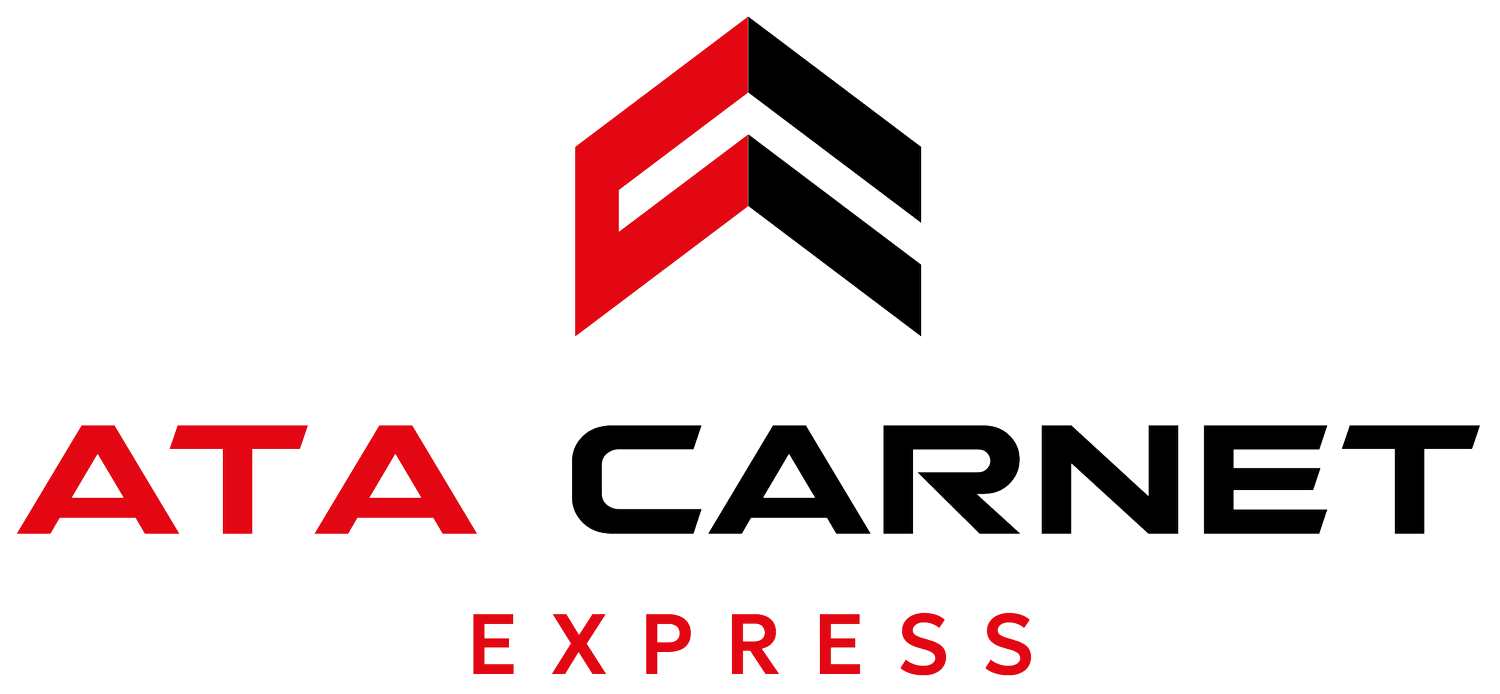Obtaining An ATA Carnet
ATA Carnets are essential for the temporary export and import of commercial goods across international borders. This document simplifies customs procedures by allowing goods to enter multiple countries without paying import duties or taxes.
Here, we'll walk you through the entire application process, from collecting the necessary information to submitting your completed application. Following these steps is key to a compliant and stress-free journey for your goods, minimising delays and complications in your international trade activities.
Identifying Carnet Goods
Accurately identifying the goods or equipment that will be listed on the ATA Carnet is really important for your application. Start by filling out our online quote form and listing all items intended for temporary exportation or importation, including their detailed descriptions, model numbers, serial numbers, and specific quantities. Make sure you include the value of each item in GBP, and their country of origin.
This comprehensive list helps avoid discrepancies and allows customs to easily process your items. It is also important to consider the purpose of the temporary export, whether for professional use, exhibitions, or other purposes, as this can influence the categorisation and documentation required. Providing precise and thorough information about the goods is imperative during the quotation process, and for compliance with international customs regulations.
Researching Carnet Compliance and Requirements
Before you apply, it's essential to research and understand the specific compliance and regulatory requirements of your destination countries. Each country may have specific rules regarding temporary importation, which could affect the validity and use of your Carnet document.
Begin by reviewing the regulations for temporary importation of goods in the target countries, including any restrictions or special documentation needed.
Consult our specialists or contact customs authorities in the relevant countries for clarity on any local nuances or additional requirements. This due diligence ensures that your ATA Carnet application is complete and aligns with the customs procedures of each destination, reducing the risk of delays or issues during your travels.
Completing the Carnet Application
To provide you with a quotation, we will require the following information:
Total value of goods
Type/category of goods
Countries visiting
Duration of Carnet (2,6 or 12 months)
To streamline the process, when sending the quotation, we will also include the necessary information required from you to proceed with the application.
Once we receive all the required information and documents, we will prepare the Carnet application and forward a draft for approval (and also to check that all the information shown is accurate and to your satisfaction).
You can either complete the online quotations form via our website or email info@atacarnetexpress.com with all the relevant information.
Submitting the Application
Once approval is received, we will submit the application to the Chamber for issuance of the Carnet. Payment may be required prior to Carnet being released from our offices.
Receiving the ATA Carnet
Once your application is approved, we'll send you your official ATA Carnet document and any other relevant paperwork. This document will typically be delivered via secure courier via timed delivery with proof of signature if you are within a 10-mile radius, Royal Mail or DHL, or can be collected from our office, depending on the service option you selected.
You must carefully review the document as soon as you receive it to ensure that all details are correct. This includes verifying the accuracy of the goods listed, their descriptions, and the validity dates. Ensure that all relevant sections are complete and that the document matches the information you provided.
In addition to the Carnet itself, check that any accompanying documents, such as the pro forma invoice or transport documentation, are included. These documents are essential for customs processing and compliance.
If there are any errors, let us know immediately so we can quickly correct them.
Proper verification and handling of the ATA Carnet avoids issues during international travel and customs inspections.
If you encounter any issues while filling out our online form, feel free to contact our experienced support team for help.
FAQs about Obtaining an ATA Carnet
Do I need a separate ATA Carnet for each type of good I'm bringing (e.g., commercial samples vs. professional equipment)?
No, one Carnet document can cover multiple types of goods, including commercial samples, professional equipment, and goods for presentation, as long as all items are listed and described accurately. However, you must check that the Carnet covers the entire range of goods you are taking and that each type is correctly categorised to comply with regulations.
Will my Carnet be valid for all the countries I plan to visit on my trip?
An ATA Carnet is valid in all 87 countries that are part of the ATA Convention. However, it's essential to specify the countries you plan to visit, as some may have additional requirements or restrictions. Ensure your Carnet lists all the destinations on your itinerary and that it complies with the regulations of each country you intend to visit. Our team can help you with this, so let us know if you have any questions.
How detailed does the description of my goods need to be on the ATA Carnet application?
The application needs to be precise and comprehensive. Include details such as the item's name, model, serial number (if applicable), quantity, value, weight, and country of origin. Accurate descriptions help with customs processing and prevent potential issues. Vague or incomplete information can lead to delays or complications during your travels.
What happens if my goods arrive at the destination country before my ATA Carnet?
You must ensure that the Carnet accompanies the goods during transit to avoid customs delays or complications. If the Carnet is delayed, contact customs officials at the destination for guidance and inform us or your Carnet provider immediately to resolve the situation and prevent potential penalties or additional charges.
